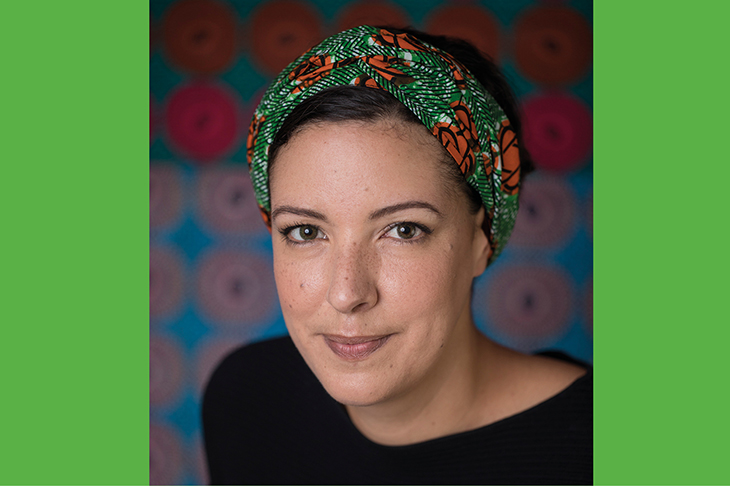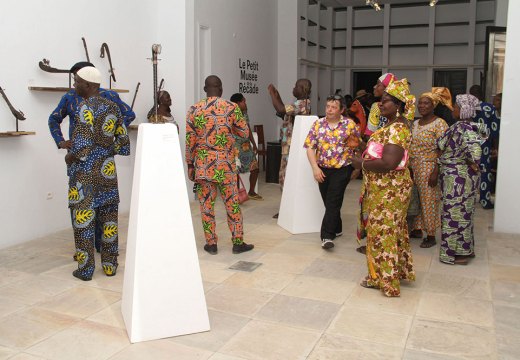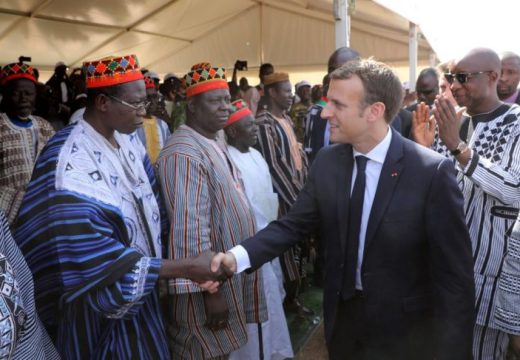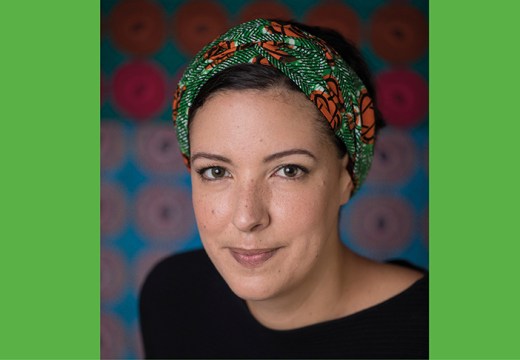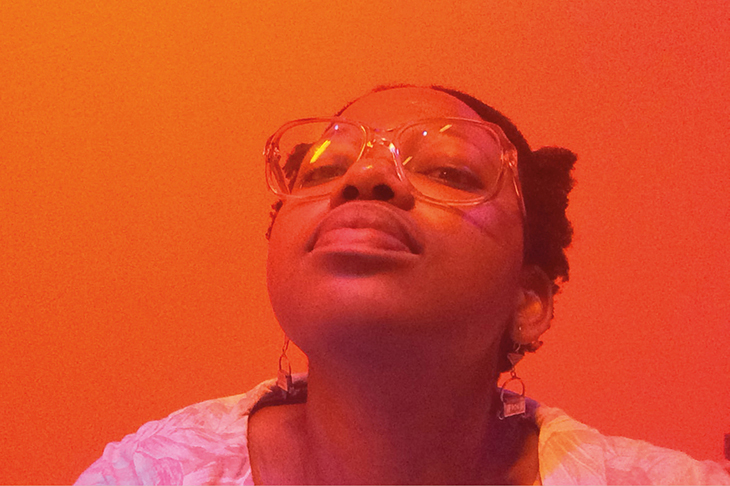President, Fondation Zinsou, Cotonou and Ouidah
Your background is as an art historian. Do you recall when you first became interested in art – and African art in particular?
I come from a family of academics, who exposed us to art from when we – my two sisters and I – were very, very young. My mother, who was a professor, took us to the museum every Wednesday, and at every weekend. So we have always been around art. Less so the contemporary African scene, because we lived in Europe, which was not a place where you could see a lot of contemporary African art in the 1980s and ’90s. I became more interested in the contemporary scene after I moved to Benin in 2003. I started meeting artists and visiting studios from the moment I arrived. That’s also when I started looking out for exhibitions. There were not very many, but I think I saw every exhibition with an African artist, anywhere in the world – Houston in 2005, Monaco in 2006, Düsseldorf in 2004.
What drove you to set up the Fondation Zinsou in Cotonou in 2005, and to dedicate it to the promotion of contemporary African art?
We are a Franco-Beninese family, so it was quite logical for me to be in Benin. When I arrived I was a teacher at a school, and I realised there were absolutely no museums in or around Cotonou to which I could bring my students. My question was: how can you develop intellectually without any museums and without ever being exposed to art? And I believed the first thing to which you should be exposed is contemporary art, to understood what’s happening on a continent where everything is moving so fast and where there’s so much development. We decided to create a structure which would enable us to show this art freely, so it would be for everyone.
How has the art scene in Benin and elsewhere in Africa evolved in the years since you opened the foundation?
As I said, when I arrived there were no museums. There was no access to artists or works of art. There seemed to be a mythical idea that Africans don’t go to museums, Africans don’t care about culture. Opening the foundation was a way to say: if you give people the opportunity to access their culture, they will take it. In the first few years we were focused on creating an audience: visiting schools, young people, their parents, to explain the use of a museum. Now – 15 years and six million visitors later – it’s no longer seen as a luxury. It’s seen as a right. People say to us, ‘You’ve kept this exhibition up for six months, why? You should change it every four months.’ Or, ‘We’ve seen Chéri Samba on the TV. When are you going to show his work?’ They’re no longer just discovering what we are doing; now they have expectations, which is a big change.
In terms of the wider scene, I think a lot of people were feeling the same thing at the same time – that there is a place for contemporary art in Africa. When we opened [the Museum of Contemporary Art] in Ouidah [in 2013], we were alone: we were the first contemporary art museum on the continent. But today there are many, from Morocco to South Africa, from Senegal to Madagascar. And often it’s been women who have opened these museums, galleries, and other art spaces. There’s Koyo Kouoh in Dakar [with Raw Material Company; now at Zeitz MOCAA in South Africa]; Cécile Fakhoury and Caline Chagoury opened their galleries in Abidjan and Lagos; Salimata Diop was at the Museum of Photography in Saint-Louis [MuPho in Senegal].

The Museum of Contemporary Art, Ouidah. Photo: Jean-Dominique Burton
What role do you see private foundations and philanthropy playing in the evolution of the cultural scene in Benin and other African countries? Have you succeeded in entering into a dialogue with state government?
I would love to have a dialogue with state infrastructures, but I’m afraid it’s a monologue. Today, everything is said to be changing in Benin – although if you really look at Benin, you won’t yet see any of these changes. In reality, I think the private sector, philanthropists, are the only people who can make things happen in West Africa, in countries like mine. I don’t know if the state just doesn’t realise – because the people who govern us haven’t been exposed to [any kind of cultural] infrastructure. The period of colonisation didn’t really offer the opportunity for people to engage with their own culture and contemporary production. I don’t know if this explains why now there is no attempt to create any cultural infrastructure, but what is for sure is that it’s not a priority for states. There’s no work on museums, there’s no help for artists – even though artists are the best ambassadors. Here in Benin you have Angélique Kidjo, Romuald Hazoumè, Cyprien Tokoudagba. These are the people from Benin who are visible to the rest of the world.

The Cyprien Tokoudagba room at the Museum of Contemporary Art, Ouidah. Photo: Jean-Dominique Burton
You have been a strong advocate for the restitution of African artefacts to their country of origin. Are you optimistic about the direction this conversation is taking?
Yes I am. I am definitely an optimistic person if after 15 years without movement in Benin, I still believe something will change tomorrow. I feel the same about France – my optimism has no borders. Things aren’t changing as much as I had hoped – but, in 2017, President Macron said he wanted objects of African heritage to return to Africa, to be seen by people in Dakar, Lagos and Cotonou. As a result, on 6 October a proposed law is coming before the National Assembly in France to restitute 26 objects to Benin and one to Senegal. The bill relates to these 27 objects, and no more – it’s not a bill for every case of restitution in every African country, but it’s a first step.
President Macron seems to be particularly invested in the matter – but the administration is totally opposed. There’s a presidential election coming up in 2022; if Macron is re-elected, we might see more restitution. If he isn’t, who knows?
In the wake of the pandemic, have you been thinking about what work the foundation might do to mitigate the crisis?
We’re not as affected as Europe or South America; in Benin, Covid is still a fear but it’s not really concrete. But we had to close the museum, and so we’ve had to also shift our focus: we’ve worked mostly on our artists-in-residence, and on our editions and publications. I feel we really need to put out publications on the African continent: there are very few publishing houses in West Africa and very few books on African artists. So we decided to see Covid not as lost time but as a moment to work on projects that we haven’t previously had time to work on. I think we’ll have five books going out in the next year!
The series of books is called Les Archives du Présent and the premise is to speak with artists about their career, about the work they’ve produced as a result of their residencies in Benin, and to feature long interviews with them – 30 or 40 pages. Our plan is to repeat the same exercise in 10 or 20 years. The idea is to have artists’ perspectives on the times we’re living through – you can read them now if you want to discover the scene, or in 100 years as a record of what was happening at this particular moment in West Africa.
Unlimited access from just $16 every 3 months
Subscribe to get unlimited and exclusive access to the top art stories, interviews and exhibition reviews.

